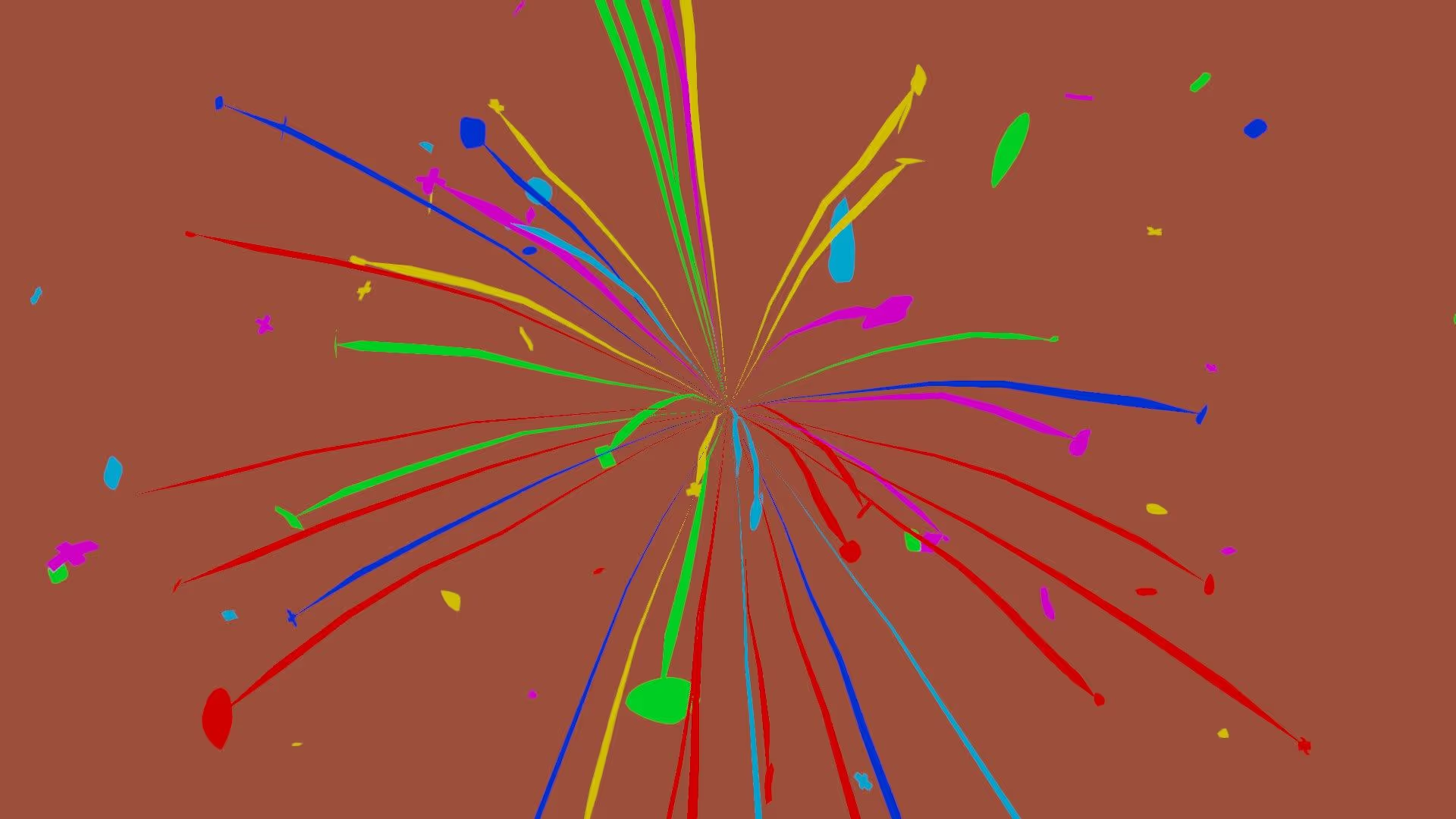Enhancing Your Game Development Skills with Stardew Valley Creator’s Early Concept Sketches
At OccaSoftware, we understand the importance of staying ahead in the competitive world of game development. That’s why we’re excited to share exclusive insights from none other than the creative mind behind the critically acclaimed game, Stardew Valley - Eric Barone! In this article, we’ll take a deep dive into Barone’s old notebook and explore the early concept sketches that paved the way for the beloved farming simulation game that has captured the hearts of millions of players around the world.
Unveiling the Origins of Stardew Valley
Stardew Valley has become a phenomenon in the gaming industry, garnering widespread praise for its immersive gameplay, charming characters, and captivating story. But have you ever wondered how it all began? Let’s travel back in time to Barone’s early days of game development and explore the origins of Stardew Valley through his early concept sketches.
Barone’s notebook is a treasure trove of ideas, with intricate drawings and annotations that showcase the evolution of his vision for Stardew Valley. From the initial doodles to more refined sketches, we get a glimpse into the creative process that shaped the game we know and love today.
Behind the Scenes of Barone’s Creative Process
Barone’s early concept sketches provide a fascinating insight into his creative process. One key takeaway is the emphasis on simplicity and immersion. The sketches reveal Barone’s meticulous attention to detail, from the layout of the farm to the placement of objects and characters. Every element is carefully thought out to create a cohesive and immersive world that draws players in and keeps them engaged.
Barone’s notebook also showcases his iterative approach to game development. We can see how he experimented with different ideas and made revisions based on feedback and his own creative instincts. This highlights the importance of continuous iteration and improvement in the game development process, a valuable lesson for aspiring game developers.
Lessons Learned from Barone’s Early Concept Sketches
As game developers, there are several key lessons we can learn from Barone’s early concept sketches:
- Attention to Detail: Barone’s sketches demonstrate the significance of paying attention to even the smallest details in game development. From the placement of objects to the composition of scenes, every element contributes to the overall experience and immersion of the players.
- Simplicity: Barone’s emphasis on simplicity in his early sketches reminds us that less can often be more in game design. Keeping the gameplay mechanics and visuals simple can result in a more accessible and enjoyable experience for players.
- Iteration and Improvement: Barone’s iterative approach to game development, as seen in his revisions and refinements in the sketches, highlights the importance of constantly iterating and improving upon your ideas. This mindset can lead to a more polished and successful end product.
How to Apply Barone’s Lessons to Your Game Development
Now that we’ve explored Barone’s early concept sketches and the lessons we can learn from them, let’s discuss how you can apply these insights to your own game development projects.
- Focus on Detail: Pay close attention to every aspect of your game, from the gameplay mechanics to the visuals and sound design. Consider how each element contributes to the overall experience and make deliberate choices to create a cohesive and immersive world for players to explore.
- Simplify: Avoid unnecessary complexity in your game design. Keep the mechanics and visuals simple and intuitive to make it easy for players to pick up and play. Remember that simplicity can often result in a more enjoyable and accessible experience.
- Iterate and Improve: Embrace an iterative approach to game development. Continuously gather feedback, playtest, and refine your ideas to make your game better with each iteration. Be open to revisions and improvements based on feedback from players and your own creative instincts.
Incorporating these lessons from Barone’s early concept sketches into your game development process can help you enhance your skills and create games that stand out in the competitive landscape.
Unlocking Your Creative Potential
Barone’s early concept sketches are a testament to the power of creativity in game development. They showcase how a simple idea can evolve into a complex and immersive game through careful attention to detail, simplicity, and continuous improvement. As game developers, it’s essential to unlock our creative potential and push the boundaries of what’s possible.
Here are some tips to unlock your creative potential:
- Embrace Inspiration: Be open to inspiration from various sources, including nature, art, music, and other games. Draw from your own experiences and interests to fuel your creativity and generate unique ideas for your game.
- Experiment with Ideas: Don’t be afraid to experiment with different ideas and concepts. Allow yourself to take risks, iterate, and refine your ideas until they reach their full potential.
- Collaborate and Seek Feedback: Collaboration with others can spark new ideas and perspectives. Seek feedback from fellow game developers, playtesters, and players to gain valuable insights and improve your game.
- Continuously Learn and Grow: Stay curious and continuously learn about the latest developments in game design, storytelling, and technology. Keep pushing yourself to learn and grow as a game developer, and apply new knowledge to your projects.
By unlocking your creative potential, you can create games that captivate players, leave a lasting impact, and stand out in the competitive game development landscape.
Conclusion
Barone’s early concept sketches from his old notebook offer a unique glimpse into the creative process behind Stardew Valley. They highlight the importance of attention to detail, simplicity, and continuous improvement in game development. By incorporating these lessons into your own game development process, you can enhance your skills and create games that outshine the competition.
Remember to embrace inspiration, experiment with ideas, collaborate and seek feedback, and continuously learn and grow as a game developer. By doing so, you can unlock your creative potential and create games that leave a mark in the gaming industry.
So, let’s take inspiration from Barone’s early concept sketches, and embark on a journey to create innovative and captivating games that capture the hearts and minds of players worldwide!






